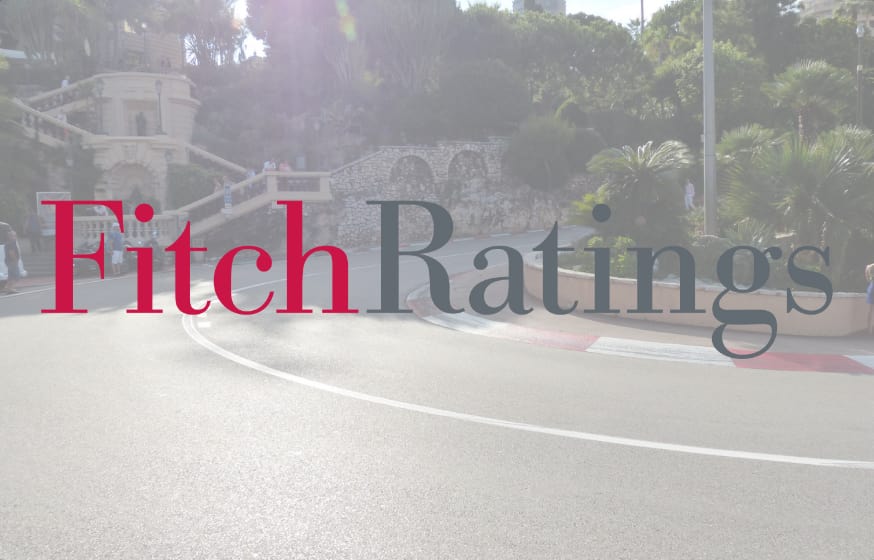Tighter cat cover terms a “structural improvement” for reinsurers: Fitch Ratings

The tightening of natural catastrophe reinsurance terms and conditions is a “structural improvement” that should benefit reinsurers’ long-term profits, Fitch Ratings has said.
In one of its reports timed to coincide with the 2024 Monte Carlo Reinsurance Rendez-Vous event, the ratings agency highlights this as a positive for the sector.
Which also reads across positively to the insurance-linked securities (ILS) space, as Fitch’s commentary also implies higher returns can be derived thanks to the resetting of terms, conditions and attachment points that we have seen.
Terms and conditions are set to be one of the main discussion points at this year’s RVS event, but one that could be highly debated when it comes to client and reinsurer discussions, as well as with their reinsurance brokers.
Fitch believes that reinsurance capital providers are not going to be quick or easy to move on terms, at the end of year renewals, with frequency loss events seen as something to minimise still to maintain profitability.
“Global reinsurers are likely to maintain stringent terms and conditions to limit their exposure to secondary peril events as weather-related losses become increasingly significant and volatile due to climate change,” the rating agency said.
The rating agency continued, “The tightening of terms and conditions for natural catastrophe cover is a structural improvement that should benefit reinsurers’ risk profiles and long-term profitability.
“We do not expect it to be quickly reversed, even when market conditions change.”
Further noting that, “The increased caution from reinsurers has left primary insurers with higher risk retentions for secondary peril events, but reinsurers still offer ample cover against the most severe events.”
While the first-half of 2024 saw a relatively significant quantum of industry catastrophe losses, Fitch notes that US severe convective storms was the main driver again but that the terms reset has helped reinsurers avoid too much impact.
“Higher attachment points and lower aggregate covers meant that the losses were predominantly covered by primary insurance rather than triggering reinsurance covers,” the rating agency said.
This is a point of some debate in the industry, as to just where the balance should sit for both primary and reinsurance side to remain profitable.
Brokers are pushing for more support on the frequency side, with aggregate and sideways covers set to be a focus for their negotiations on behalf of clients, it seems.
Fitch Ratings is not expecting too much to be given back though, saying, “The sector’s profitability has been strong following steep property catastrophe price rises in recent years and we therefore expect prices to continue easing moderately.
“However, Fitch expects reinsurers to keep tight limits on lower layers of natural catastrophe protection, avoid significant aggregate covers and maintain underwriting discipline.”
Adding that, “The disciplined environment is supported by the scarcity of new capacity in the market and the increase in catastrophe risk due to climate change and property exposure growth.”






